|
Seed starting indoors can be a great way to satisfy that craving to get out into your garden before Mother Nature cooperates, however, there are some rules of thumb to follow to keep that thumb green. Read on to discover seven common mistakes on starting seeds indoors, based on great insight from Kerry Michaels as well as our own Pam Davies:
Additional resources: https://extension.umn.edu/planting-and-growing-guides/starting-seeds-indoors#hardening-off-seedlings-1179860 Author: Kimberly Kayler
0 Comments
Although the days may be getting longer and we often see hints of spring this time of year – usually followed by another cold blast – we all know that planting season is coming. To this end, you may be considering starting your seeds indoors, which is a great option. Seed packets, starter mix and containers will have started appearing in the stores in late January and February. Seeds will sometimes be discounted this time of year as well. However, there are many rules of thumb to follow related to starting seeds indoors. Read on for some great tips by Kerry Michaels as well as our own Pam Davies:
For more information, read past articles on this topic: https://www.northcountrymgv.org/blog/seed-starting-indoors https://www.northcountrymgv.org/blog/more-on-starting-seeds-indoors + https://www.northcountrymgv.org/blog/still-more-on-starting-seeds-indoors Author: Kimberly Kayler Asclepias tuberosa —Butterfly Weed, Rudbeckia hirta—Black-eyed Susan, Lupinus perennis —Wild Lupin, If having a pollinator garden is something you’ve often thought about, maybe this is the year to give it a try! Not only do these gardens attract pollinators, such as butterflies and bees, they include flowers that provide nectar throughout the seasons. And, as the season ends, the reward is your own “living birdseed” feeders. So, how do you get started?
Although a pollinator garden can be any size – even as small as a balcony or a tiny yard, key to success is reviewing the preferences of pollinators. As a general rule, pollinators prefer gardens that:
When designing the garden, analyze the property for things such as water drainage, soil types, sun light exposure and wind patterns. Pollinator gardens can create their own microclimate—areas with good southeastern exposure and spaces that are protected from prevailing winds. If your garden is going to be a border or up against a structure, arrange the tallest plants in the back, mid-size in the middle and short plants in the front of the bed. If you are planting an island style, set your taller plants in the middle, medium heights around the center and shorter plants at the edges. If not planting an informal, open field garden, consider plant placement. It is often best to use groupings of at least three of the same plant together. Odd numbers (1, 3, 5, etc.) tend to look better than even numbers. In addition, bee pollinators prefer to collect nectar/pollen from a single species of flower during each outing, so planting in masses ensures pollinators can practice “flower constancy.” Consider designing and planting your garden so that over time it will consist of a grouping of 3 to 7 plants of the same species. Now that the garden space has been designed, loosen the soil and amend with organic matter. Do not let your plants dry out! Water regularly until your bed becomes established. Other considerations for your Pollinator Garden include enhancing nesting opportunities for the pollinators and their families: preserve areas of bare or sparsely vegetated, well-drained soil; preserve dead or dying trees and shrubs; minimize mulch; consider nesting boxes; and maintain a nearby water source, such as a water garden or birdbath. Curious about which plants have proven to be a good fit in northwest Wisconsin? Download this fact sheet for more information about Lupinus perennis—Wild Lupin, Asclepias tuberosa —Butterfly Weed, Asclepias incarnata —Swamp Milkweed, Liatris spicata—Blazing Star Liatris, Rudbeckia hirta—Black-eyed Susan and Aster novae-angliae —New England Asters and more! Author: Kimberly Kayler
Scale & Mealy Bugs They come in various colors and can be armored, soft, or woolly. Piercing-sucking insects that create honeydew and make things sticky. Populations quickly increase and control is difficult. Control of scale and mealybugs: 1) Light infestations can be addressed with a Q tip dipped in rubbing alcohol, 2) Attempt to scrape off insects? 3) Use insecticidal soaps…or something stronger, 4) Remove infected plant tissues, 5) Submerge the entire plant in water? 6) Throw the plant away Note about homemade insecticidal soaps: "New and improved" and concentrated liquid detergents with "grease cutters" and other ingredients have a high potential for being phytotoxic to plants. Proceed with caution. It’s better to go with a product that has been specifically developed and is labeled for your plants. APHIDS: Just like your garden aphids, but may have a waxy coating. They create honeydew, like scale and mealybugs. Scout and catch them early! Control of aphids: 1) Remove plant parts with the worst infestations, 2) Hose down plants or wash them off, 3) Use insecticidal soaps SPIDER MITES: Related to spiders, Suck plant juices and cause yellowing and browning of plant tissues, If populations are high, you will also see webbing. Control of spider mites: Attempt to increase humidity in the home, Periodically wash down houseplants with a strong spray of water; including the lower leaf surfaces, Use miticides labeled for use on indoor plants FUNGUS GNATS: Small flies that infest soil, potting mix, and organic matter, A nuisance pest Larvae primarily feed on fungi and organic matter, but also chew roots, Do not damage mature plants, Can have a generation every 17 days when temperatures are right. Controlling fungus gnats: Target the larval stage, Reduce moisture and organic matter let media dry down between waterings, Use yellow sticky traps to catch adults? Repot using pasteurized potting mix, Will kill flies and the algae and microorganisms they feed on, Place chunks of potato on the plant surface to attract larvae, Consider using nematodes, predatory mites, or Bti (Mosquito Bits, Gnatrol) WHITE FLIES: Tiny, white, moth like insects, Female adults lay eggs on the undersides of the plant’s foliage and the nymphs feed on the foliage, The nymph and adult stages feed by inserting their short, needle like beaks into foliage and sucking out plant sap. Heavy often cause stunting or yellow of leaves, leaf drop, and a decline in plant health. Management: 1) Prevention is the best management strategy, 2) Check newly purchased plants and plants brought indoors from the garden or patio in the fall, 3) Begin control measures at the first signs.4) One way to reduce the whitefly population on an infested plant is to wash the undersides of the leaves with a moist cloth or sponge, 5) Use yellow sticky traps, 6) Insecticides specifically labeled for use on houseplants can be used, 7) Discard heavily infested plants SCALE: Sucking insects both soft shelled and armored, Soft shell will produce honeydew, Heavy infestations may cause leaf yellowing, stunting, and dieback Management: Scrape off, if possible, Wash off or crush any visible scale insects, Treat with an insecticidal soap or horticultural oil labeled for houseplants, Can use systemic houseplant insecticides, Heavily infested plants should be discarded FOLIAR Disease: Bacterial and fungal leaf spots: Decrease stress, Remove infected leaves and plant parts: Powdery mildew: Increase circulation around the plant; lower humidity, Remove infected leaves; Viruses: No cure; destroy plant GENERAL DEFOLIATION: Likely causes: Sudden change in temperature, Transplanting shock, Sudden change in light intensity, Over watering, Lack of light BROWNING LEAF TIPS: Likely Causes: Improper watering (such as water being too cold), Exposure to cold drafts, Insect attacks, Excess fertilizer, Floride or Boron deficiency (allowing water to sit for day before watering can help reduce floride.) ABNORMAL LEAF COLOR: Likely Causes: Over watering, Lack of fertilizer, Insect attacks, Improper light SPOTTED LEAVES: Likely Causes: Over watering, Burning from direct sunlight, Disease REPOTTING: tips on when a plant might need repotting:
PRUNING: All houseplants (with the exception of palms and Norfolk Island pine) can be top pruned to encourage new lateral growth. The best time to prune is in Spring, when growth usually occurs. DUST CONTROL: Keep houseplants clean by carefully washing foliage. Washing leaves with water or cleaning with leaf polish is not recommended on plants with hairy leaves. Rinse plants off with room temperature water in a shower or sink. Use a soft, damp cloth to wipe foliage. Leaf polish products should be used sparingly and only on plants with firm foliage. Master Gardener Vicki Gee Treft writes about what she learned from a "HOUSEPLANTS" course presented by Katie Dunker from the Colorado State University Extension.
|
|
| North Country MGV | gARDEN bLOGS |
Location |
|
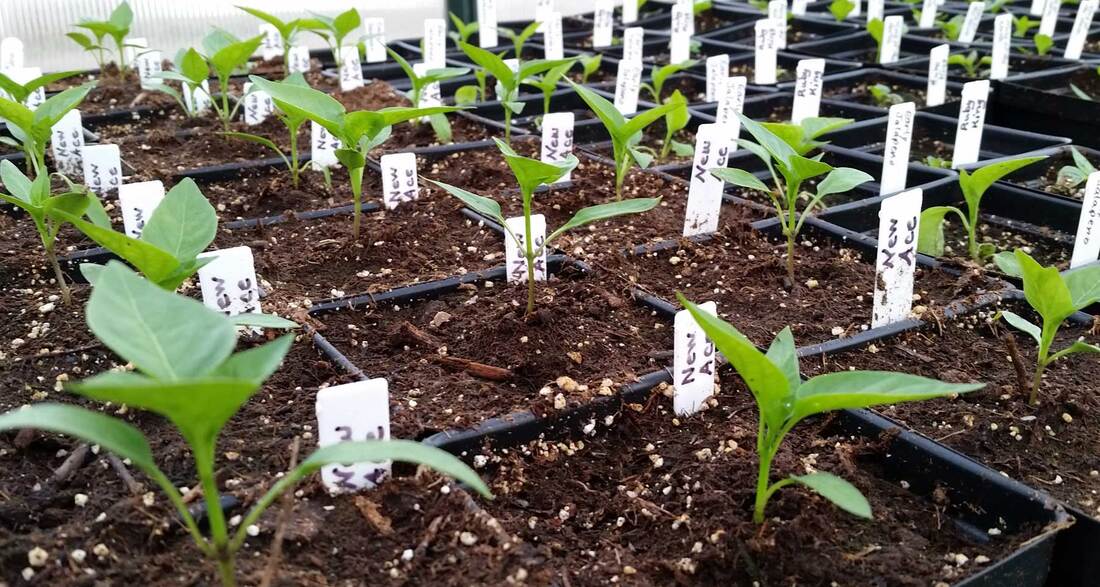
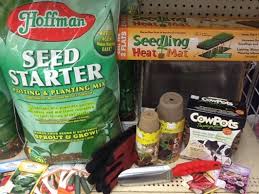
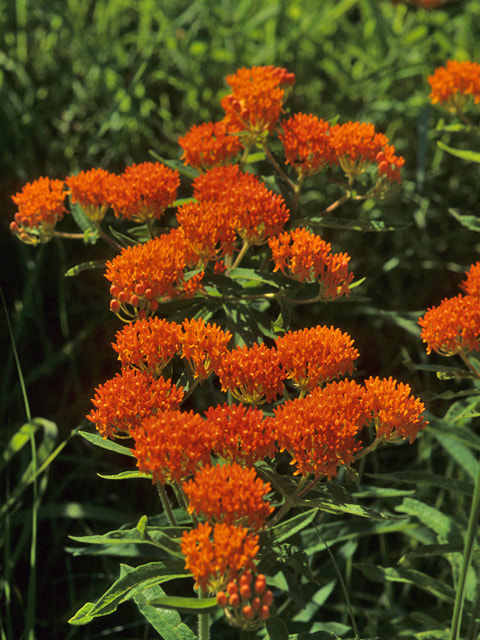
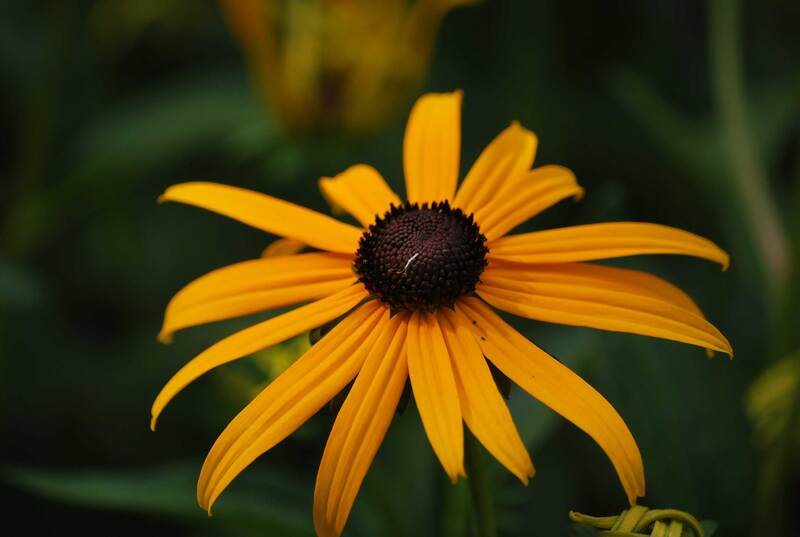
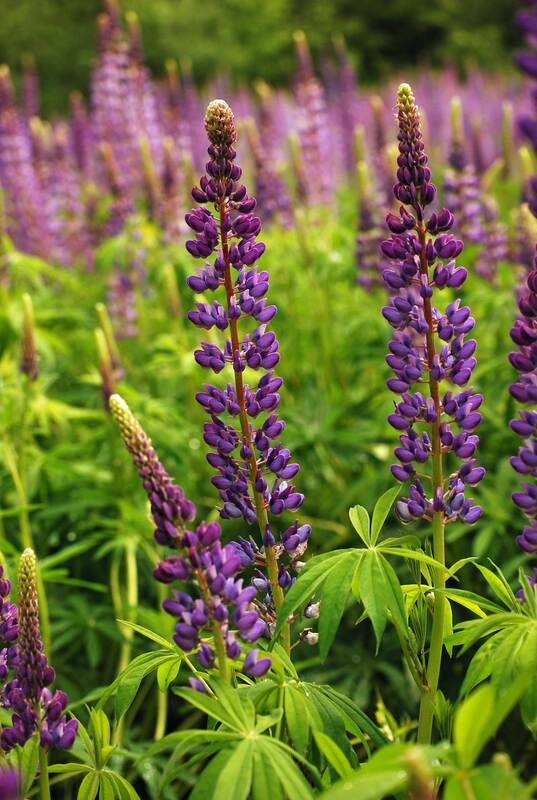
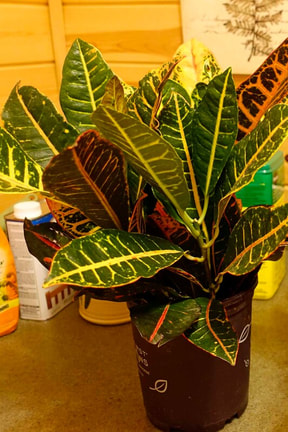
 RSS Feed
RSS Feed